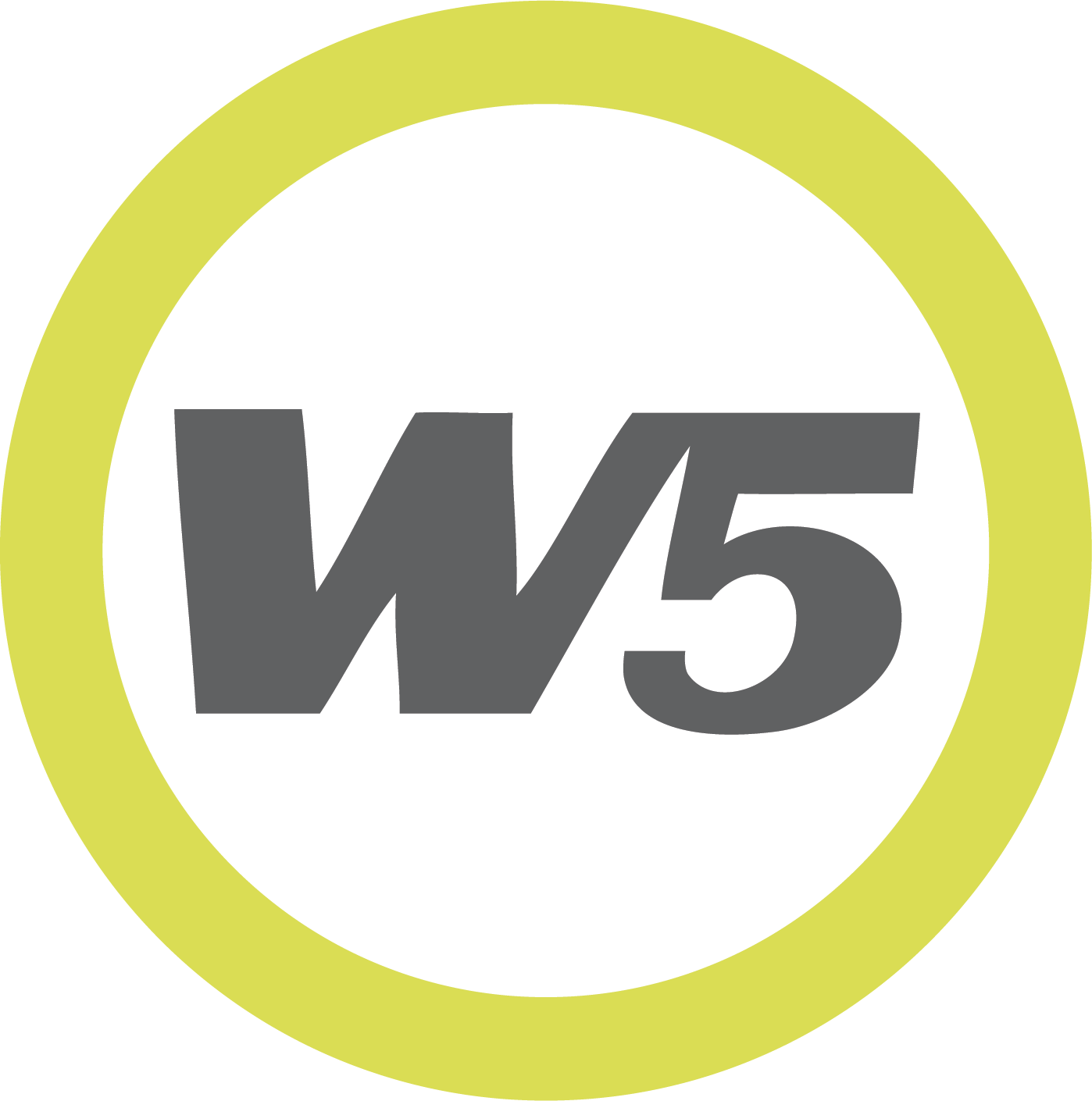Hybrid Does It All: Using A Hybrid Approach to Solve Complex Research Challenges
Designing and launching new products is never an easy or simple process but doing it in the midst of a pandemic creates new challenges in understanding consumer behavior and needs, gathering feedback, and implementing insights to get it right.
Hybrid approaches employing virtual qualitative with quantitative surveys help clients make decisions and take actions with more certainty in these uncertain times. This case study highlights W5’s role in assisting a CPG company develop and introduce a new convenience food product, delivering insights from flavors to brand to positioning and targeting.
CLIENT ASK
A beloved international CPG product brand and their advertising agency partnered with W5 to explore potential positioning strategies for a new branded product offering. A primary goal was to identify opportunities for positioning the product to optimize visibility and increase appeal among a set of well-established competitor offerings.
APPROACH
First, W5 conducted a custom online survey to identify the ideal target audience for the new product. W5 then utilized the identified target audience specifications (demographics, psychographics, etc.) to recruit participants for an in-depth Online Discussion to assess key category behaviors for consuming the product and assess initial reactions to product concepts. This combination of virtual ethnography and concept review helped make the insights actionable.
These discussions not only illuminated potential benefits and drawbacks to the product concept, but also key needs for aisle placement, packaging design, messaging, and related product positioning. To validate these learnings, W5 conducted a follow-up online survey with a larger cohort of target consumers to further test the most popular positioning strategies from the online discussions and identify a winner.
RESULTS
Results revealed great interest in the new product as well as some potential gaps in the market the new product could address. The agile and iterative research design generated actionable learnings at each research stage, allowing the client and agency to ideate new solutions and adjust the concept and potential positioning strategies until a winner emerged.
